This edition of Weirdness Wins is sponsored by Ideas On Acid
Ideas On Acid is a card deck of creative practices designed to activate your imagination and help you think more adventurously.
It’s an exciting new tool for creatives, strategists, designers, marketers, writers, and entrepreneurs. A tool you can touch, with your real human fingers, when you’ve spent a bit too long talking to ChatGPT.
The cards are authored by me, and illustrated by this dude.
I’ll be launching the product on Kickstarter later this year, and expect to start shipping in January. But for a limited time, it’s available to pre-order for just £1 (and that gets you 50% off the launch price too!).
And in case you’re wondering what your bank (or boss) will think, the payment will appear simply as ‘IOA’ on your statement 😉
Selected chaotic cuts from the last 696ish hours
OK, time for the bit where I share the most interesting things I’ve encountered on my recent rambles through the online undergrowth. And remember, it’s totally fine to ignore most of it. All of it, even. Your attention is precious. Don’t waste it. x
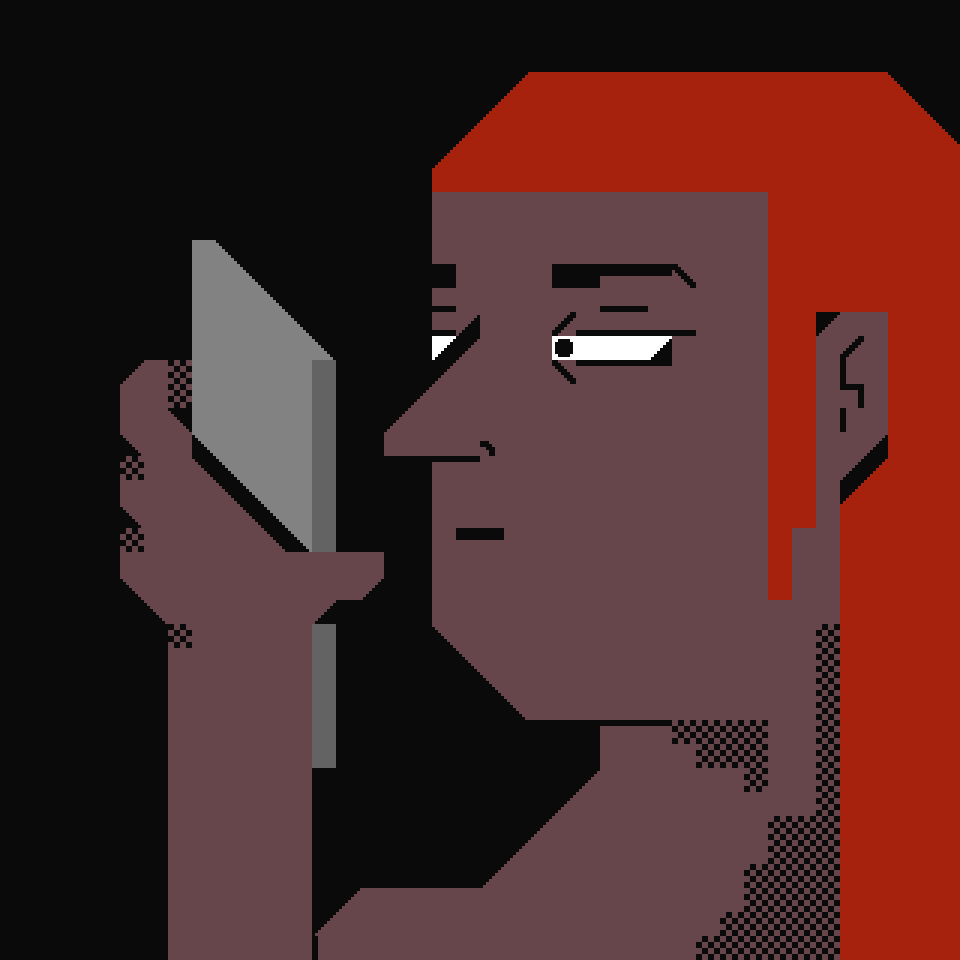
Long reads. Deep reads. Chewy reads.
Robert Anton Wilson on how to integrate weird experiences
I came across this article by Jules Evans when I was researching my recent essay on chaos. Keep reading until the end for an excellent anecdote featuring Bill Nighy.
How outlaw chemists used ‘blotter’ to dose the world with LSD
Erik Davis, author of High Weirdness (which heavily features the ideas of the aforementioned Robert Anton Wilson), has a new book out — Blotter: The Untold Story of an Acid Medium. In this extract, he frames blotter (a format for distributing LSD that became common in the late 70s, 80s, and 90s) as “a liminal genre of print culture that dissolves the boundaries between a postage stamp, a ticket, a bubble-gum card and the communion host,” and explores how “the rise of blotter mirrors, mediates and challenges the mythopoetic story of LSD’s spiritual decline.”

This piece pairs well with A brief history of 🙂 by Ed Gillett over at
if you fancy learning about how the smiley became synonymous with the rave scene.The word made fresh: Mystical encounter and the new weird divine
Elvia Wilk’s absorbing essay examines Jeff VanderMeer's novel Annihilation and the literary genre of "New Weird" fiction through the lens of mystical religious texts written by medieval women. If you’ve not seen Alex Garland’s film adaptation of Annihilation (or you fancy a re-watch after reading this, as I did), it’s currently streaming on Netflix.
The K-hole of history
Dan Piepenbring examines the history of dissociative anaesthetics like ketamine, drawing heavily on 19th-century philosopher, mystic, and poet Benjamin Paul Blood (who believed anaesthesia provided deep insights into the nature of reality). The article wrestles with whether recreational ketamine users and those using it therapeutically are having fundamentally different experiences.
Dreams are the default for intelligence
I’m a sucker for new theories about dreams and consciousness, so unsurprisingly I enjoyed this short piece from Wired co-founder Kevin Kelly suggesting that dreaming is our default state, even whilst we’re awake. As with ideas about the brain throughout history, though (the brain’s just a fancy machine, the brain’s just a fancy computer, etc.), he might be guilty of over-relying on the current technological moment-as-metaphorical-prism when he ventures that “The same algorithms which generate the hallucinations for AI art… may also be the… mechanisms that we use to perceive.”
The art of looking: Eleven ways of viewing the multiple realities of our everyday wonderland
One from Maria Popova’s inimitable archives here… it’s an awe-tinged tour through the writings and ideas of cognitive scientist Alexandra Horowitz. In short, most of us go through our daily lives missing a vast majority of what is happening around us. But you can widen your experience by training your attention and tuning into different perspectives (two things that Ideas On Acid is designed to help you with, as it happens).
Narcissistic depressive technoscience
This essay by Thomas Fuchs is a brilliant exploration of paradoxes at the core of the human condition. What does it mean when we fill a God-shaped hole with algorithms and AI? How might our urge to build new forms of intelligence leave us feeling less at home in our own bodies? Where will our yearning for immortality lead?
Careful technology
discusses the preponderance of ‘careless’ devices that distract and diminish us in the name of efficiency. He suggests that products like the Keurig pod-based coffee machine are in fact forms of “anti-technology” that make our homes less cozy and our lives less satisfying. If you’re a smart home enthusiast, this won’t be comfortable reading. Spatial computing, haptics and a future of perception
explores the importance of haptics for the next generation of mixed reality experiences that await us. As always, Matt mixes curiosity about new possibilities with critical reflection on their implications:“We’ll soon bathe in the virtual. Computing will no longer be regulated by a tiny screen, room or pocket, but become virtually omnipresent. And the virtual will be affirmed by touch, only exacerbating its power.”
AI and the flat-packing of human experience
adds his to take to a growing body of thought around the mediocritising influence of AI (and what that reveals about human creativity). Here’s a taste:“Perhaps our greatest defence against sliding into this beige hellscape, is that creatives and artists continue boldly to carve out and occupy the spaces where no machine can reach, to create art that is unmistakably ensouled, that carries with it all the hallmarks of having been made for an embodied entity and made by an embodied entity. We know these works when we experience them, because we experience them not as a sugar-rush, but as an intimate invitation into states of mind and ways of being that may have been previously hidden from our view.”
The art of scaling taste
With behind-the-scenes access, Evan Armstrong explores how art collective MSCHF “turns irreverent ideas into a real business.”
“I was taken aback by the degree by which everyone at MSCHF embraced the capitalist nature of their enterprise. In this regard, our conversations sounded more like those I’d have with a startup than with an artist’s commune. During multiple visits with the leadership team, I heard the same Andy Warhol quote several times: “Being good in business is the most fascinating kind of art. Making money is art and working is art and good business is the best art.””

We need to rewild the internet
Choosing their metaphors wisely, Maria Farrell and Robin Berjon show how the internet has become a fragile, extractive monoculture controlled by a few tech giants, and paint a picture of a more diverse, complex, resilient alternative.
“Our online spaces are not ecosystems, though tech firms love that word. They’re plantations; highly concentrated and controlled environments, closer kin to the industrial farming of the cattle feedlot or battery chicken farms that madden the creatures trapped within.”
Against performative positivity
In this refreshingly provocative piece on the role of designers in society, Danah Abdullah argues that “designers like to think of themselves as activists, as radicals, as non-conformists, but the designer ailment is conformity.” (For any designers reading this, I’ve got something that can help you with that 😉). For Abdullah, the “design as problem-solving” paradigm is too limited:
“The slogan from the May 1968 uprising, “Be Realistic—Demand the Impossible”, should be design’s call to action… I define design not as a solution-oriented, problem-solving discipline, but as a realm of possibilities that acknowledges that there are alternatives to these possibilities and alternatives to the alternatives. Here is the connection with emancipatory politics and hope, which are meant to make what is deemed impossible seem possible. As many have written, the current political-economic landscape that was once thought unthinkable is now our reality.”
If reading this awakes your inner rebel, you might also enjoy Ronald Purser’s essay, Against managerialism. It also pairs well with
’s recent post, Why you have an obligation to be optimistic.Critical meme reader III
I’ll confess I haven’t read any of this yet, but I’m sure at least one of you absolutely needs 385 pages of deep critical discourse about memes. Enjoy.
50 things I know
This is a banger of a post from
. Favourites include “I know that being silly is a gift. You un-taboo silliness for everyone around you,” and “if you want radical change, radically change your environment.”There is nothing new about gender fluidity and non-comformity
Chris Wheatley explores evidence from ancient civilisations across the world showing acceptance and reverence for people existing outside the male/female binary.
Research as leisure activity
sets out a kind of manifesto for an “exuberantly undisciplined” approach to research. I feel seeeeeeeeeeeen. Plants can communicate and respond to touch. Does that mean they're intelligent?
Tonya Mosley interviews climate journalist Zoë Schlanger, exploring research that suggests that plants are "intelligent" in ways that challenge our understanding of agency and consciousness.
Is the sun conscious?
Plants = conscious? Cool! Sun = conscious??? Don’t rule it out!! This paper by Rupert Sheldrake (of morphic resonance fame) serves as a great introduction to concepts from panpsychism and quantum physics. Sheldrake explores how systems like stars and galaxies might be self-organising (like cells in a living organism) and asks us to consider the possibility that the sun subjectively experiences its own electromagnetic fields. The sun may even make choices…
“Its choices may include an influence on the numbers, locations, and activities of sunspots, the timing and directions of solar flares and coronal mass ejections, and the coordination of granules and supergranules within the surface layers of the sun, as well as the flow patterns within the inner regions of the solar body.”
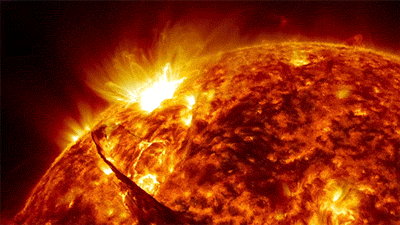
Mind-expanding videos
This black hole could be bigger than the universe
Is it just black holes all the way down? This video from Kurzgesagt (“animation videos explaining things with optimistic nihilism”) is a fun and trippy physics lesson. If you’re new to the Kurzgesagt YouTube channel, may I also recommend ‘Are you an NPC?’
Reverse Turing Test experiment with AIs
A YouTuber going by Tamulur stuck a bunch of AI characters from history in a virtual train together, along with him (playing the role of Gengis Khan), and challenged them to figure out which one amongst them was the human. In the words of one commenter, “Sitting in a room of AIs trying to out you as human is a surprisingly tense and uncomfortable situation lol.”
Brian Eno on…
A curated selection of super-short clips where Brian Eno shares his take on subjects like art school, surrender, and joy.
Play it safe
In this spectacular video celebrating the Sydney Opera House’s 50th Anniversary, Tim Minchin delivers a brilliant ode to creativity.
Very useful resources
buttsss
buttsss (by Pablo Stanley) is a lovingly-crafted collection of animate butt GIFs (butts include ‘flaming butt’, ‘genius butt’, and ‘infinite butt’). Your next presentation will be at least 70% better after visiting this site.
Relaxing short stories to help you sleep
Insomnia sucks. If you find yourself awake when you’d rather not be, this site serves up a selection of sub-30-minute reads from old public domain works.
OK. That’s it. We’re done.
I’ll be back soon with an essay about quiet.
Until then…
Keep. It. Weird.
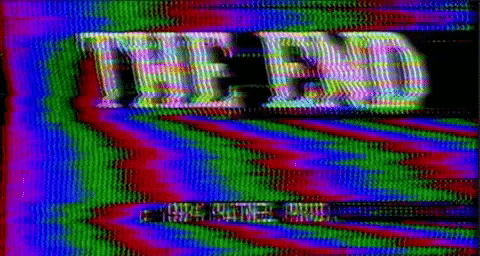





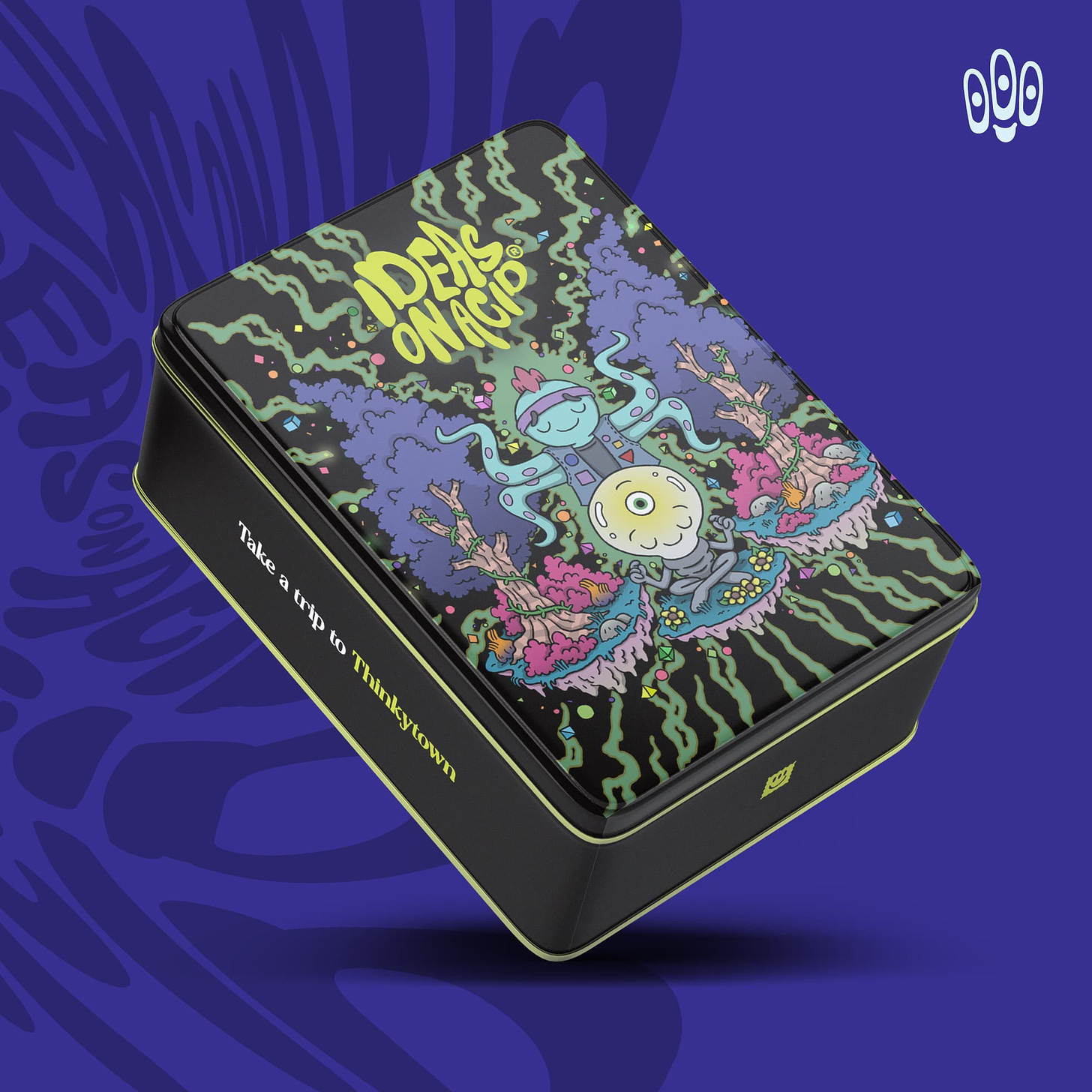
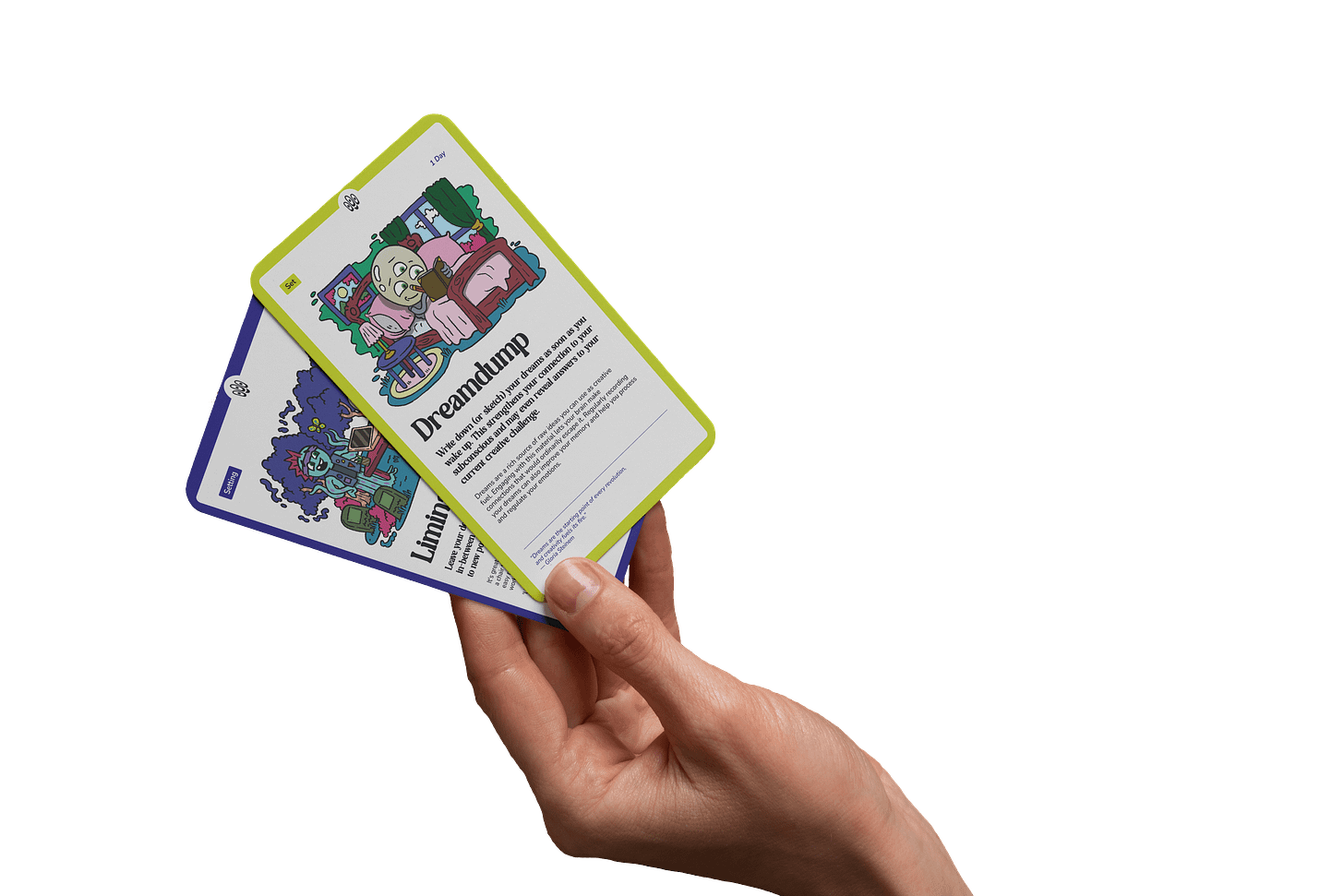
hi Joel—I am very, very belatedly coming across this, but just wanted to thank you for including my research as leisure activity post in here! and your other recommended reads are PHENOMENAL (always rare and thrilling to come across a well-curated link list)
just subscribed, looking forward to reading more!